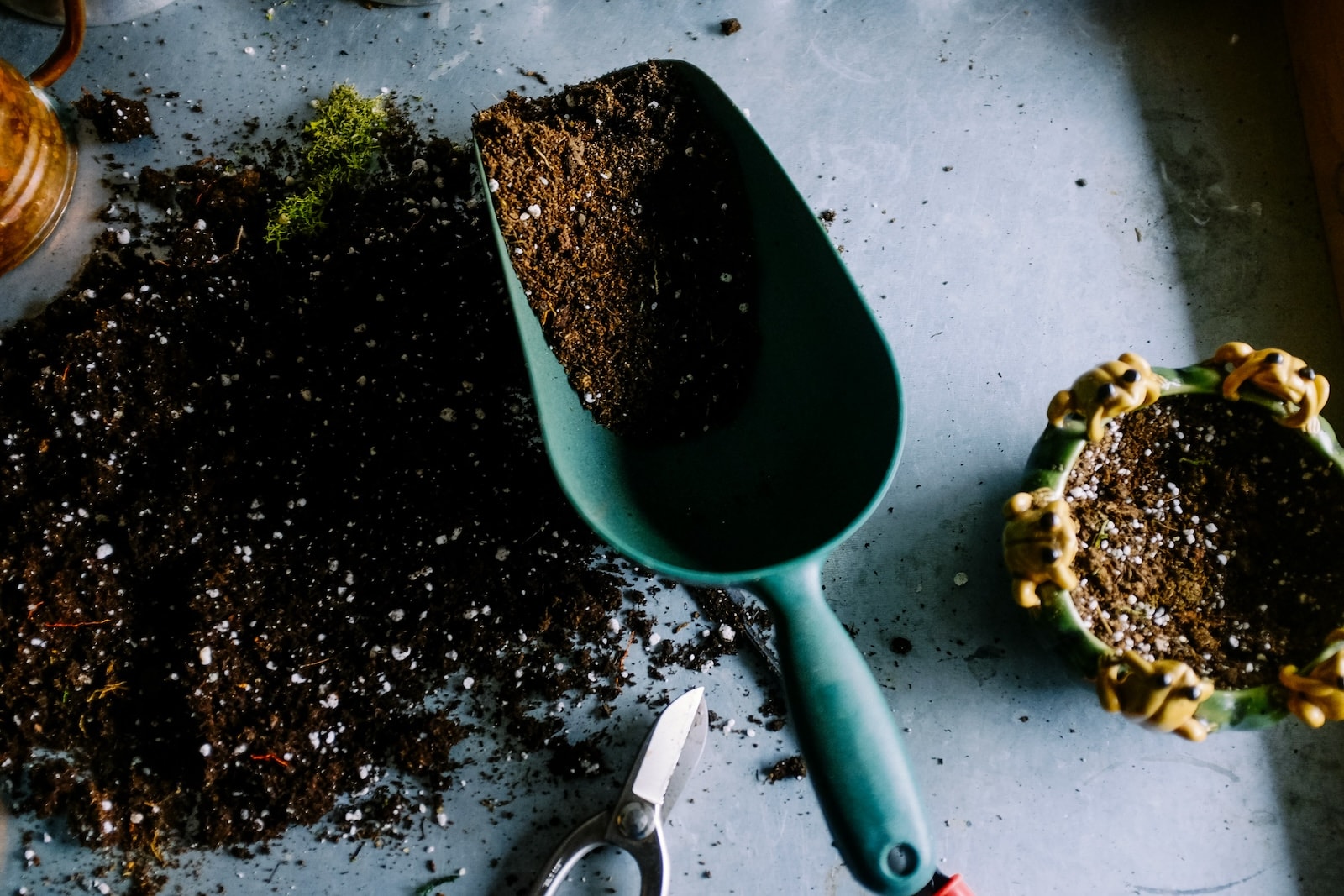What is compost?
Compost is an organic fertilizer rich in nutrients, resulting from the controlled decomposition of organic matter by microorganisms. It is a natural process that transforms waste such as food scraps, leaves, small branches, and other biodegradable materials into a product similar to fertile soil, with a dark color and a pleasant forest-like smell. The result is an excellent natural fertilizer that improves the structure of the soil, its water retention capacity, and nutrient availability for plants.
How to compost at home?
Composting at home is easier than it seems and does not require a large investment. With a little time and the right materials, anyone can start transforming their organic waste.
Necessary materials
To start composting, you will need a composter or pile (which can be a specific container, a heap on the ground, or a bucket with holes), "green” materials rich in nitrogen (such as fruit and vegetable scraps), coffee grounds, tea bags, and freshly cut grass, as well as "brown" materials rich in carbon like dry leaves, shredded branches, ink-free cardboard, straw, and sawdust, in addition to water to maintain the proper moisture level, and a tool like a shovel to turn it.
Step by step
- Choose the location: A shaded place with good drainage and access to water.
- Base layer: place a layer of thick branches at the bottom to ensure good aeration.
- Alternate layers: start adding alternate layers of "green" and "brown" materials. A good proportion is approximately 2 parts brown materials to 1 part green materials.
- Moisturize: every time you add material, lightly water to maintain the moisture level, similar to that of a wrung-out sponge.
- Turn regularly: turn the pile at least once a week to aerate it and accelerate the decomposition process. This also prevents bad odors.
- Patience: Compost will be ready within a period that can vary from 3 to 6 months, depending on the materials and conditions.
Composting Phases
The composting process goes through several well-defined stages, driven by microbial activity.
Initial phase: decomposition
At this stage, mesophilic microorganisms (those that develop at moderate temperatures) begin to break down the more easily accessible sugars and starches. The temperature of the pile starts to rise rapidly due to the metabolic activity. If the conditions are optimal (humidity and aeration), the temperature can reach between 45°C and 65°C, which is known as the thermophilic phase. This high temperature is crucial as it eliminates pathogens and weed seeds.
Maturation phase
Once the more easily degradable materials have been consumed, the temperature of the pile begins to gradually decrease. In this phase, thermophilic and mesophilic microorganisms come into play, continuing to decompose the more resistant materials, such as cellulose and lignin. This is a longer and more stable period where humic compounds are formed, giving compost its structure and final properties.
Final phase
This is also known as the cooling or curing phase. Microbial activity decreases considerably, the temperature stabilizes at environmental levels and the compost acquires its final appearance: dark, crumbly, with the smell of forest soil and without recognizable remnants of the original materials. At this point, the compost is ready to be used.
Benefits of compost for the environment
Composting is a powerful tool to mitigate environmental impact and promote sustainability, also offering multiple advantages:
Waste reduction
One of the most direct benefits is a drastic reduction in the amount of waste ending up in landfills. In Spain, organic waste represents approximately 40% of the total municipal waste generated. By composting at home, we divert a significant portion of these waste materials, which produce methane, a potent greenhouse gas. According to data from the Ministry for Ecological Transition and the Demographic Challenge, in 2022, Spain generated 22.6 million tons of municipal waste, of which only 40.5% was prepared for reuse or recycling. Domestic composting can significantly increase this percentage.
Improvement of soil quality
Compost is an excellent soil conditioner. It provides organic matter that improves soil structure, increasing its water retention capacity and nutrient retention. This reduces the need for watering and use of fertilizers, which can contaminate groundwater. Healthy, rich soil in organic matter is more resistant to erosion and more fertile, which translates into stronger, healthier plants.
Contribution to the circular economy
Composting is a fundamental pillar of the circular economy, a model that seeks to keep resources in use for as long as possible, extracting maximum value from them while they are in service, and recovering and regenerating products and materials at the end of each useful life. By transforming organic waste into a valuable resource like compost, we close the nutrient cycle, preventing waste and promoting a more efficient use of natural resources. It is a tangible example of how we can move from a linear economy of "use and throw away" to a circular and regenerative one.
Now that you know how to create your own compost and what its benefits are, are you ready to make your small contribution?

